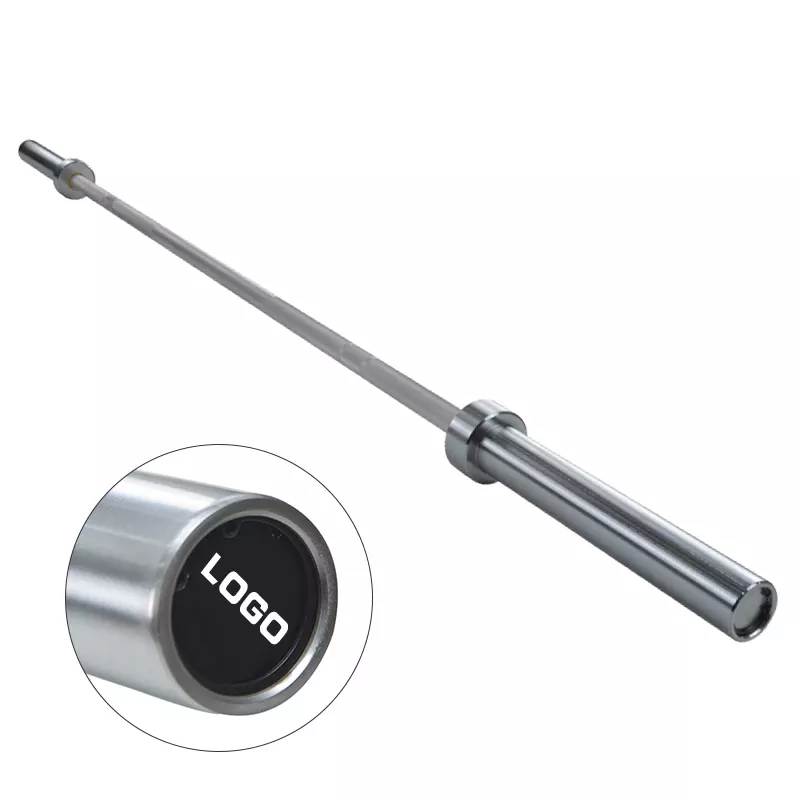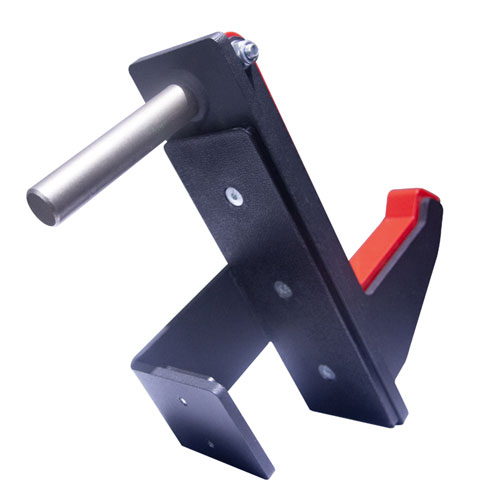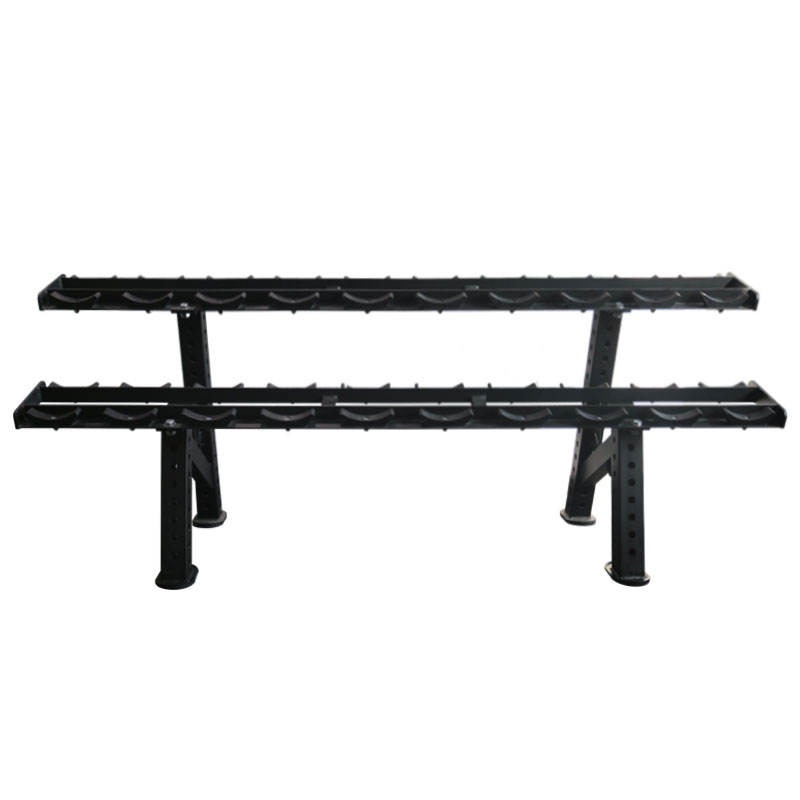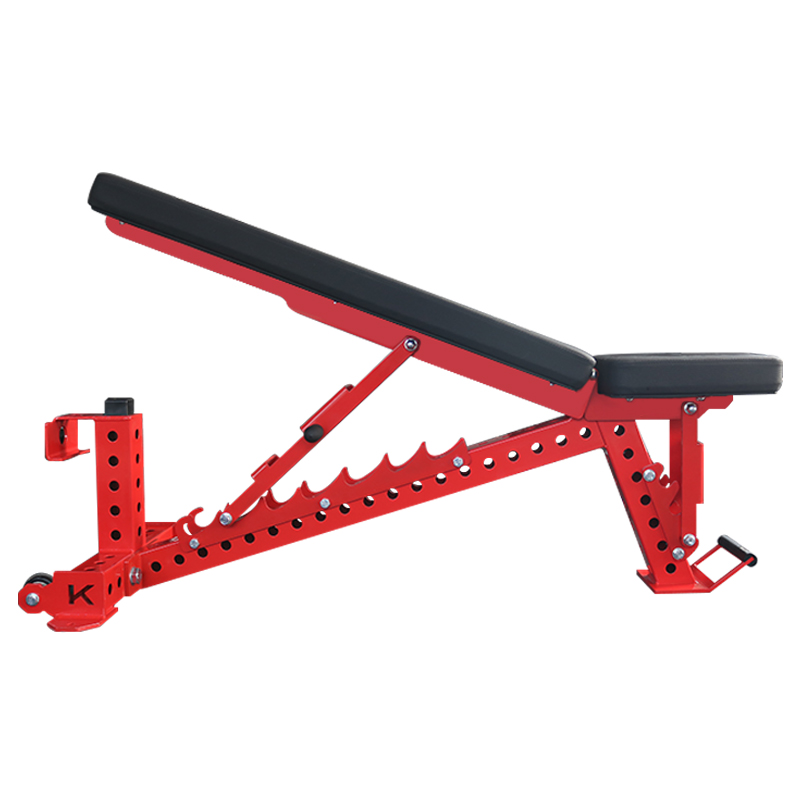What is The Point of a Curl Bar
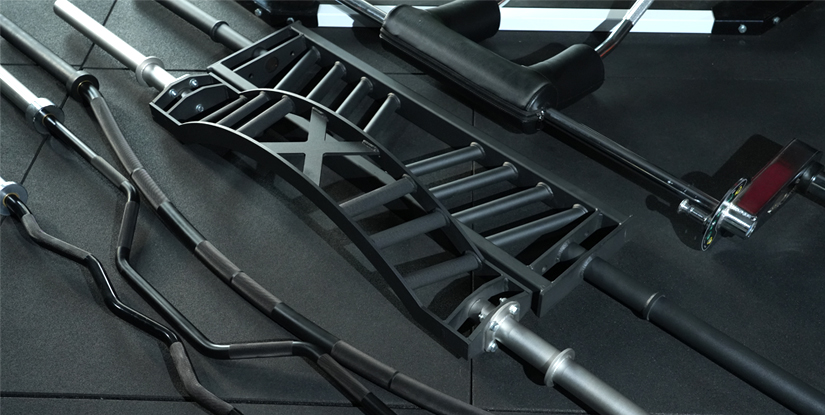
A curl bar, also known as an EZ curl bar, is a specialized weightlifting bar designed specifically for performing bicep curls and other isolation exercises. Unlike traditional straight bars, the curl bar features a unique curved shape and angled grips that provide numerous advantages, particularly for targeting the biceps and reducing strain on the wrists and elbows. This ergonomic design makes it a popular choice among fitness enthusiasts, bodybuilders, and individuals recovering from injuries. In this blog post, we will explore the purpose, benefits, and proper usage of a curl bar, as well as its limitations and how to incorporate it effectively into your workout routine.
1. Fitness Goals
Before diving into the specifics of the curl bar, it's important to understand your fitness goals. Whether you're aiming to build muscle, improve strength, or enhance overall fitness, the curl bar can be a valuable tool. Its design allows for targeted muscle engagement, making it ideal for those looking to focus on their biceps and forearms. For example, if your goal is to increase arm strength, the curl bar can help you isolate the biceps more effectively than a straight bar, leading to better muscle growth and definition.
2. Ergonomics and Comfort
The curl bar's ergonomic design is one of its standout features. The angled grips reduce strain on the wrists and elbows, making it a safer option for those with joint issues. This comfort allows for longer, more effective workouts without the risk of injury. For instance, if you've ever experienced wrist pain while using a straight bar for bicep curls, switching to a curl bar can alleviate that discomfort and allow you to focus on your form and muscle engagement.
3. Versatility in Exercises
While the curl bar is primarily used for bicep curls, it can also be utilized for a variety of other exercises, including tricep extensions and shoulder presses. This versatility makes it a valuable addition to any home gym or fitness center. For example, you can use the curl bar for overhead tricep extensions, which target the back of the arms, or for shoulder presses, which engage the deltoids and upper body muscles. This versatility ensures that you get the most out of your equipment.
Deep Dive into Curl Bars
Now that we've covered the basics, let's delve deeper into the specifics of curl bars. Understanding the nuances of this equipment can help you maximize your workouts and achieve your fitness goals more effectively.
1. The Science Behind the Design
The curl bar's unique design is not just for comfort; it also enhances muscle activation. The angled grips allow for a more natural range of motion, which can lead to better muscle engagement and growth. For example, when performing bicep curls with a straight bar, your wrists are forced into a less natural position, which can limit the range of motion and reduce the effectiveness of the exercise. The curl bar, on the other hand, allows your wrists to remain in a more neutral position, enabling a fuller range of motion and greater muscle activation.
2. Material and Durability
Curl bars are typically made from high-quality steel, ensuring durability and longevity. Some models also feature chrome or zinc coatings to prevent rust and corrosion, making them suitable for long-term use. For instance, if you're investing in a curl bar for your home gym, you'll want to choose one that is built to last. Look for bars made from high-grade steel and coated with rust-resistant materials to ensure that your equipment remains in top condition for years to come.
3. Weight Capacity
While curl bars are generally designed for lighter weights, they can still handle a significant amount of weight. However, it's important to check the weight capacity of your specific model to ensure safety and performance. For example, if you're an advanced lifter who plans to use heavy weights, you'll need to choose a curl bar with a higher weight capacity. Most curl bars can handle between 100 and 200 pounds, but it's always best to check the manufacturer's specifications before making a purchase.
Advanced Techniques and Tips
For those who are more experienced with weightlifting, there are several advanced techniques and tips that can help you get the most out of your curl bar workouts.
1. Supersets and Drop Sets
Supersets and drop sets are advanced training techniques that can help you maximize muscle growth and endurance. For example, you can perform a set of bicep curls with the curl bar, followed immediately by a set of tricep extensions without resting in between. This technique, known as a superset, can increase the intensity of your workout and lead to greater muscle fatigue, which is essential for muscle growth.
2. Tempo Training
Tempo training involves controlling the speed of your repetitions to increase time under tension, which can lead to greater muscle growth. For example, you can perform a slow, controlled bicep curl with the curl bar, taking 3-4 seconds to lower the weight and 1-2 seconds to lift it. This technique can help you build strength and muscle endurance more effectively than traditional lifting methods.
3. Isolation vs. Compound Movements
While the curl bar is excellent for isolation exercises like bicep curls, it can also be used for compound movements that engage multiple muscle groups. For example, you can use the curl bar for bent-over rows, which target the back, shoulders, and arms. Incorporating both isolation and compound movements into your workout routine can help you achieve a well-rounded physique and improve overall strength.
Conclusion
The curl bar is a versatile and effective tool for anyone looking to enhance their strength training routine. Its ergonomic design, versatility, and ability to reduce strain make it a valuable addition to any gym. Whether you're a beginner or an advanced lifter, the curl bar can help you achieve your fitness goals more efficiently. By incorporating the curl bar into your workouts, you can target specific muscle groups, improve your form, and reduce the risk of injury, all while maximizing your results.
FAQ about Curl Bars
1. What is the primary use of a curl bar?
The primary use of a curl bar is for performing bicep curls. Its unique design allows for a more natural grip and reduces strain on the wrists and elbows, making it ideal for isolation exercises.
2. Can I use a curl bar for other exercises?
Yes, the curl bar can be used for a variety of exercises, including tricep extensions, shoulder presses, and even some lower body exercises. Its versatility makes it a valuable addition to any workout routine.
3. Is a curl bar suitable for beginners?
Absolutely! The curl bar's ergonomic design makes it a great option for beginners. It reduces the risk of injury and allows for proper form, which is crucial for those new to weightlifting.
4. How do I choose the right curl bar?
When choosing a curl bar, consider factors such as weight capacity, material, and grip comfort. Look for a bar made from high-quality steel with a rust-resistant coating, and ensure that the grip feels comfortable in your hands.
5. Can I use a curl bar for heavy lifting?
While curl bars are generally designed for lighter weights, some models can handle heavier loads. However, it's important to check the weight capacity of your specific bar and ensure that it can safely support the weight you plan to lift.
6. How do I maintain my curl bar?
To maintain your curl bar, regularly clean it with a damp cloth to remove sweat and dirt. If your bar has a chrome or zinc coating, you can use a mild detergent to keep it looking new. Additionally, store your curl bar in a dry place to prevent rust and corrosion.

